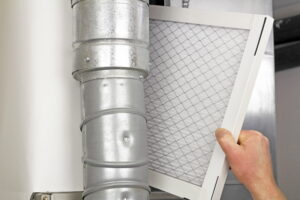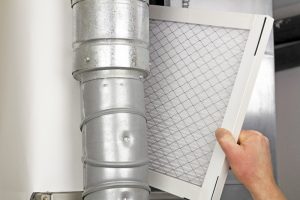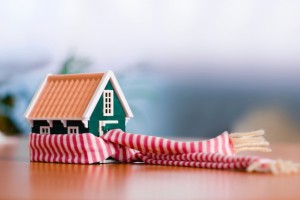There are many ways to ensure your home’s air is safe to breathe, but the easiest is to have it tested regularly and to use proper filtration and ventilation. However, there are a lot of different filtration methods, so here are a few known to work best.
Air Filtration
If you have pets or a lot of plants, air filters are a great idea because they remove most of the larger particles that get into our air supply. This includes things like pet dander, pollen, mold, and other particles like dust. If you have allergies or someone in your home has asthma of any kind, this is the best way to be sure they don’t breathe anything they shouldn’t.
Air filtration is also very simple to install and inexpensive to maintain. Just be sure you opt for HEPA air filters. They are the best on the market and are certified to capture much smaller particles than any other filters, plus they tend to last quite a bit longer.
Air Purification
For big time air cleaning, you want to go with an electronic air purifier. These machines will actually ionize the air in your home to separate out smaller particles such as gas, smoke, or pathogens like bacteria and viruses. They can also capture some larger particles like mold and dust mites. The key to effective air purification is to use it in conjunction with a good air filter.
Also, consider the use of a good UV filter with your air purifier. UV filtration can be installed in your air ducts or vents to kill any unwanted pathogens as the air is circulated.
Testing and Cleaning
The final step is to make sure your air stays clean. Get detectors for big time contaminants like radon and carbon monoxide but also have your air quality tested every year or two to check for high levels of other contaminants.
If you have filters and ductwork, make sure they are cleaned regularly. Filters must be changed on schedule or they simply won’t work as intended. You should also maintain a powerful ventilation system that will keep a steady supply of fresh air coming into and out of your home. An energy recovery model is best to minimize heat and cooling loss from your comfort system.
Overall, your air quality can be maintained year round with a close eye to the maintenance of your equipment and regular testing.
Continue Reading
Tags: Air Filtration, Air Purification, Filters, HVAC, Salt Lake City, UV filtration
Posted in Uncategorized | Comments Off on How Can I Be Sure My Home’s Air is Safe?
 For many homeowners, when they hear the term indoor air quality, they think about the temperature of their home. Chances are, you’re one of these homeowners. If you’ve never questioned what sort of indoor air quality solutions may be best for you, you might not even realize how many options you have. No, the HVAC air filter isn’t sufficient for protecting your indoor air quality. In fact, that’s not even its purpose.
For many homeowners, when they hear the term indoor air quality, they think about the temperature of their home. Chances are, you’re one of these homeowners. If you’ve never questioned what sort of indoor air quality solutions may be best for you, you might not even realize how many options you have. No, the HVAC air filter isn’t sufficient for protecting your indoor air quality. In fact, that’s not even its purpose.
 You invested in a high-efficiency furnace. You had it professionally installed. You stay on top of your annual maintenance appointments. That’s enough, right?
You invested in a high-efficiency furnace. You had it professionally installed. You stay on top of your annual maintenance appointments. That’s enough, right?

